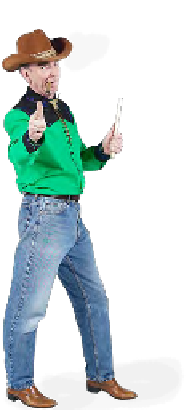HTML and CSS Reference
In-Depth Information
Mainstreet, USA
You've probably heard the familiar “h” “t” “t” “p” “colon”
“slash” “slash” a zillion times, but what does it mean? First of
all, the web addresses you type into the browser are called
URLs
or Uniform Resource Locators.
If it were up to us, we would have called them “web addresses,”
but no one asked, so we're stuck with Uniform Resource
Locators. Here's how to decipher a URL:
A Uniform Resource
Locator (URL) is
a global address
that can be used to
locate anything on
the Web, including
HTML pages, audio,
video, and many other
forms of web content.
http://www.starbuzzcoffee.com/index.html
The second part is
the website name.
At this point, you
know all about that.
T
he first part
of
t
he URL tells
you
t
he protocol t
hat
n
eeds to be us
ed
t
o retrieve the
r
esource.
To locate anything on the Web, as long as you know the server
that hosts it, and an
absolute path
to the resource, you can create
a URL and most likely get a web browser to retrieve it for you
using some
protocol
—
usually HTTP.
In addition to
specifying the location
of the resource, a
URL also names the
protocol that you can
use to retrieve that
resource.












